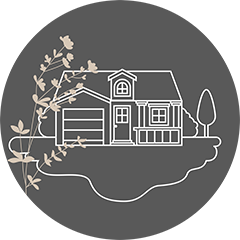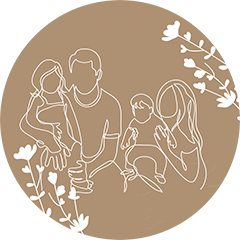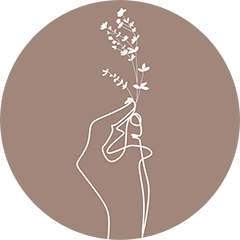- Pet droppings
If you have a pet like a parrot, myna, or any bird at home, its droppings could enhance the nutrients of your compost heap. The poop of rabbits can also be a useful ingredient in your compost bin. Therefore, the next time your pet poops, conserve it in a bag or basket, and throw it in your bin for making high-quality compost.
However, you should not add the droppings of carnivorous pets in the compost bin as their diet contains items that may be hard to decompose.
- Wardrobe items
The unused and waste materials from your wardrobe can be thrown in the compost bin if they are made from fabrics like cotton and wool. For example, you can dump used tissue paper, napkins, torn neckties, littered scarves, etc. Paper towels and toilet paper can also form an important ingredient in the compost bin. These materials can especially balance the Carbon Nitrogen (C/N) ratio if you are short of the brown composts that restore the carbon content in the pile.
Brown composts are dry, woody materials such as fall leaves, twigs, paper, cotton fabric, etc. Green composts are wet, green materials from plants such as vegetables and fruit scraps, eggshells, grasses, etc.
- Kitchen items
Your kitchen contains a list of ingredients that can be dumped into the compost bin for creating premium-quality compost that can enrich the nutrients of your garden soil. You can throw corn cobs, stale bread, stalks of cauliflower or broccoli, stale rice, stale pasta, fruit peels, eggshells, spices, and herbs that have lost their aroma and quality, and many other items to the compost pile.
The food items, especially the green ones, are high in nitrogen. They will help you to balance the C/N ratio when the items that contain nitrogen are lacking in the pile.
- Items from your study room
Your study room can contain plenty of ingredients that can enhance the nutrition value of your compost. These can be old books, newspapers, cardboard sheets, notebooks, diaries, information booklets, visiting cards, or anything made from paper.
However, ensure that the paper, textbooks, or newspapers that you are supposed to throw in the bin do not contain ink that is made from artificial ingredients or chemicals. The ink that is made from natural or vegetable-based ingredients proves to be harmless for composting.
Also, make sure that the paper and cardboard pieces are converted into tiny pieces by using a shredder before you add them to the compost bin. The reason for this is that finely shredded paper and cardboard pieces will decompose faster as compared to the sheets.
Parting words...
You can take cues from these things and add as many items as you want in the compost bin because the more versatile your heap is, the richer your compost will become. However, you should avoid adding any inorganic or synthetic materials to the bin as most of them will not decompose and may also alter the nutrition value of the compost.


































